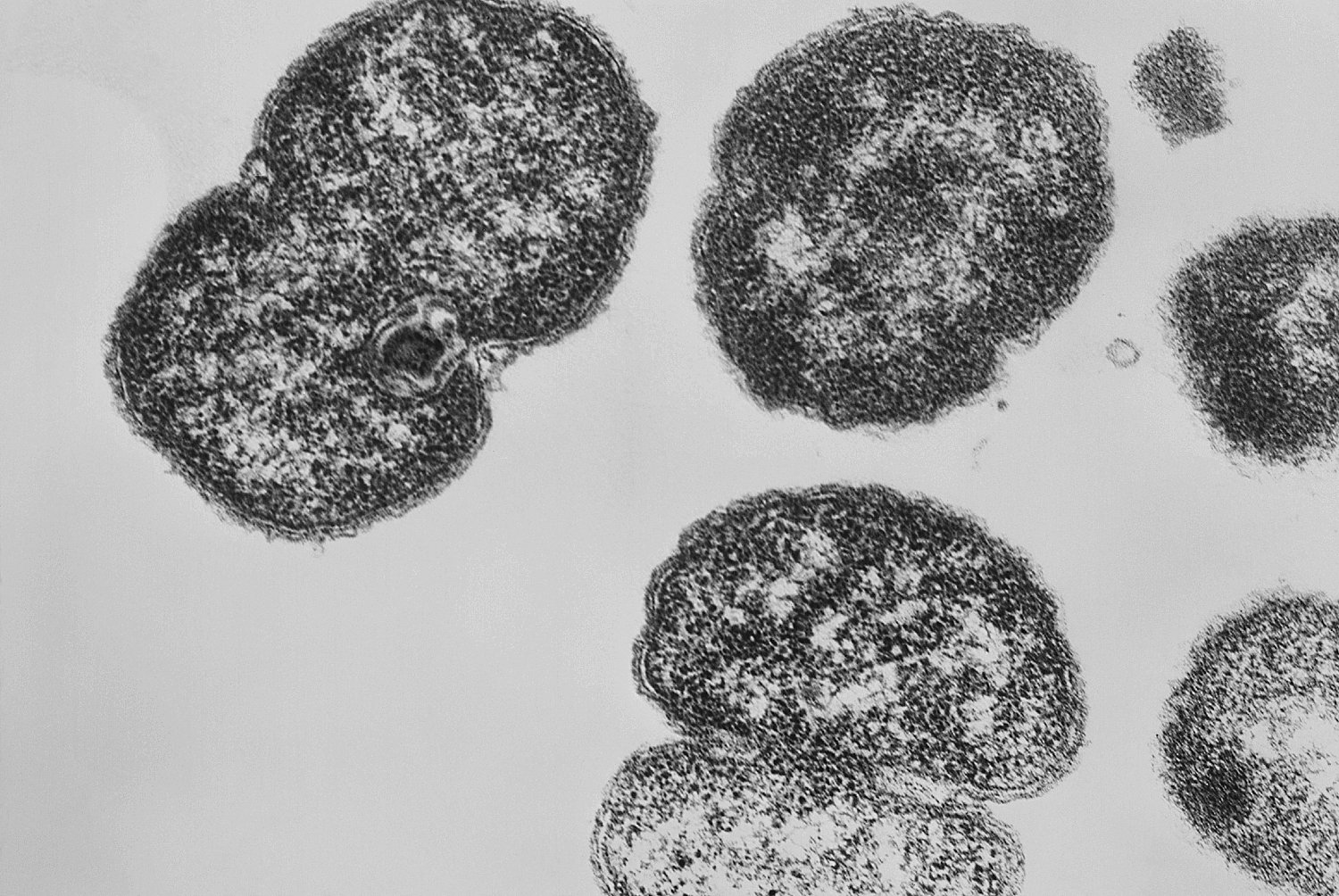Neisseria gonorrhoeae

Scanning electron microscopic (SEM) of Neisseria gonorrhoeae bacteria. Copyright holder: Janice Haney Carr. Link: https://phil.cdc.gov/Details.aspx?pid=14494.
N. gonorrhoeae is the bacteria that causes the std (sexually transmitted disease) gonorrhea, which is one of the most common sexually transmitted infections in the world. The WHO estimates that the number of new cases per year exceeds 100 million. The infection can cause inflammation in the urogenital area and infertility. In many cases, it does not produce any symptoms. Untreated gonorrhea can also increase the risk of HIV transmission.
During recent years, N. gonorrhoeae has acquired multidrug resistance and many strains can now withstand many different kinds of antibiotics. This has led some researchers to call it a “looming public health crisis”. Action is urgently needed to reduce the rise and spread of antibiotic resistance in N. gonorrhoeae by ensuring that the right patient gets the right antibiotic treatment faster.
1928 offers the following analyses of N. gonorrhoeae:
- MLST (Multilocus sequence typing).
- cgMLST (core genome MLST), typing with finer resolution than traditional MLST with our own schema built from 1455 genes.
- Genotypic prediction of resistance genes and mutations.
- SNP analysis for higher resolution of outbreaks.